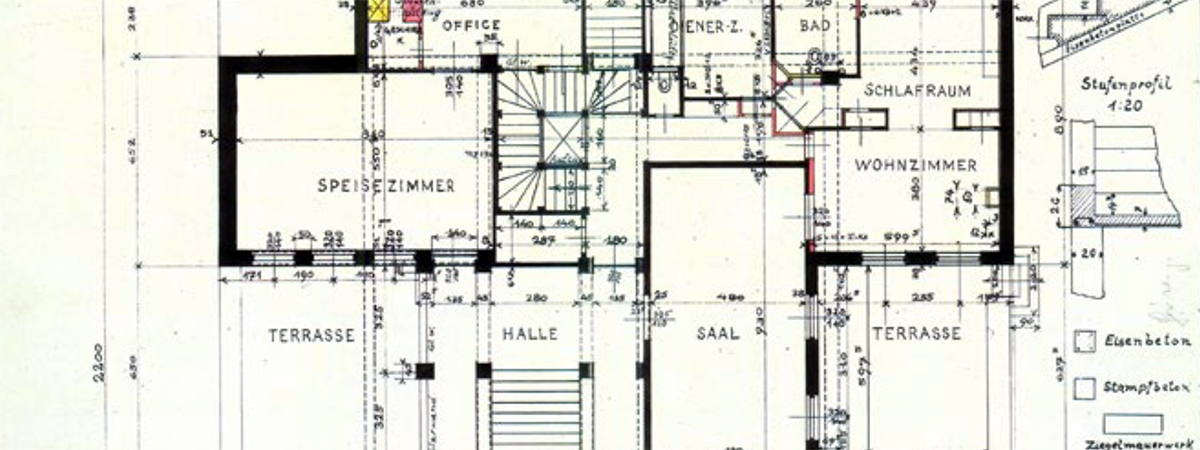arche-tecton

There is a passage in the third chapter of Toril Moi’s Revolution of the Ordinary: Literary Studies after Wittgeinstein, Austin, and Cavell that drew my eye:
In many cases, then it is useless to spend time and energy trying to produce a sharp concept. To avoid meaningless work, we need to understand the situation we are dealing with. If I want to take a picture of you in front of the Eiffel Tower, surely “stand roughly there” is all I need to say. I could get out the satellite navigation system and geocode your position, but unless there is some reason why I must take a picture of you on an exact spot defined by longitude and latitude, it would be pointless to go to so much trouble. (73)
This follows a section supporting a Wittgensteinian antipathy to unnecessary hair-splitting (after a particularly deprecating account of Derrida’s aversion to either prevarication or periphrasis – I wasn’t paying particularly close attention, so I cannot quite recall).1 Moi takes the opportunity to observe that Wittgenstein trained as an engineer, which I believe was intended to provide credentials for his attention to precise meaning/details/concepts as opposed to general ones – that is, his ability to engage in a sharp focus rather than a blurry (or merely evocative) one.
This led me to think of the house that Wittgenstein collaborated in designing for his sister in Vienna,2 and the philosopher’s command, when construction was nearly complete, for the builders to raise the ceiling by 3 cm to match the proportions he desired. I remember reading about the incident somewhere that compared the privileged dilettante-ism that could make such a demand with the necessary bowing to cost and material reality that would characterize someone who had to make such choices on a regular basis (i.e. a professional, such as Adolf Loos or Paul Engelmann).
That is all by the way. What I meant to say is that, if one wants to take a picture of an acquaintance in front of the Eiffel Tower,3 ‘stand roughly there’ would certainly be sufficient guidance – if one happens to be at all near the structure in question. This is a rather big assumption to make for grounding the example. What if one happens to be in Las Vegas? Would a photograph before an ersatz tour Eiffel have the same meaning? Would it matter?4
- NB, my (mis)characterization here is, as you will have guessed, ὦ σοφώτατε σύ, wryly ironical. [↩]
- It had beautiful radiators, but appears not to have been entirely home-like; indeed, one of Wittgenstein’s sisters (not the one for whom the house was built) said: ‘It seemed indeed to be much more a dwelling for the gods than for a small mortal like me, and at first I even had to overcome a faint inner opposition to this “house embodied logic” as I called it, to this perfection and monumentality.’ [↩]
- Although why one should wish to do so escapes my understanding. [↩]
- I am not actually disagreeing with Moi. This is just the sort of whimsical nonsense that always springs up while I am reading. [↩]
